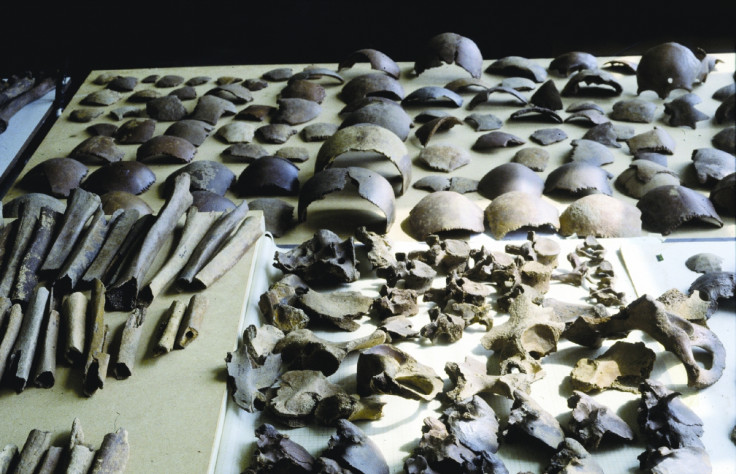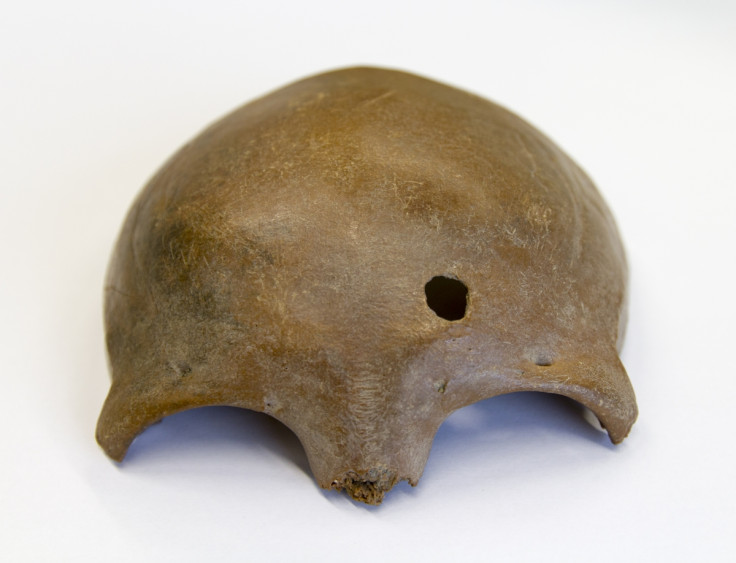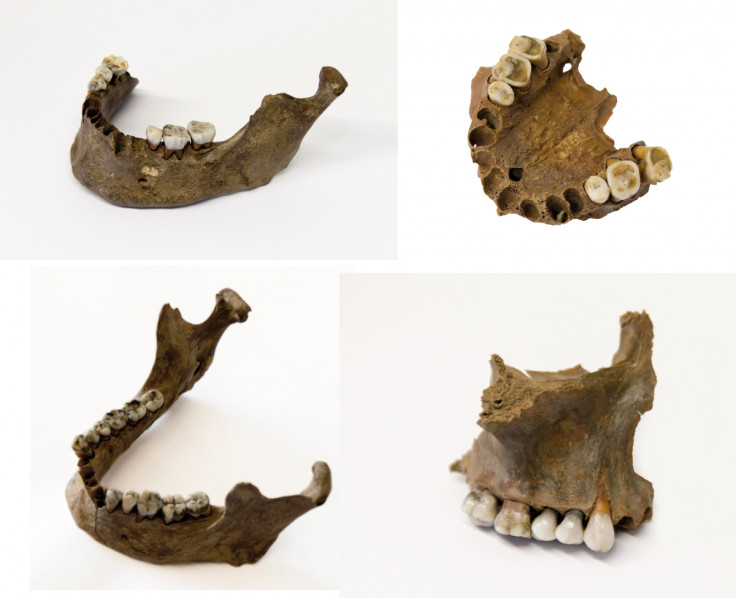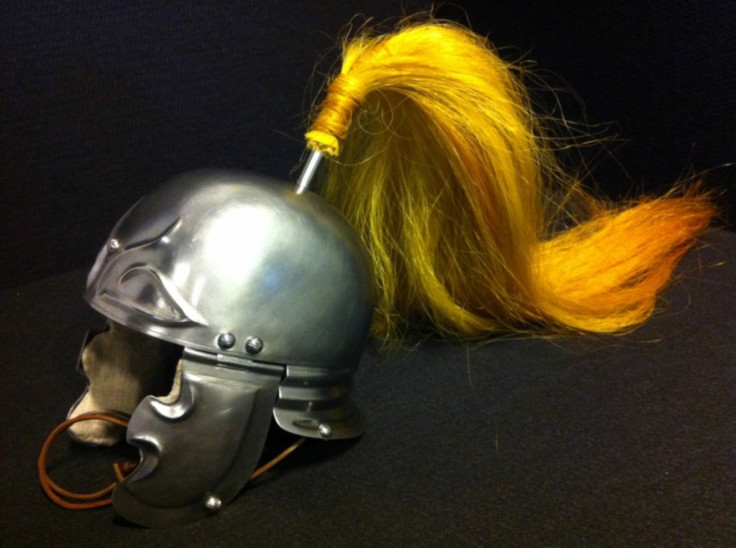Roman genocide: Battlefield where Julius Caesar slaughtered 150,000 tribespeople discovered in Netherlands
A battlefield where Julius Caesar wiped out two Germanic tribes, killing around 150,000 people, has been discovered in the Netherlands. Archaeologists at the VU University in Amsterdam announced evidence of weapons and skeletal remains that suggests the site near to where the Waal and Meuse rivers meet is where the bloody battle took place.

Nico Roymans announced the findings at a press conference at the Allard Pierson Museum in Amsterdam. He said they had found skeletons, swords, spearheads and a helmet. Coupled with historical and geochemical data, he said all the evidence points to this location as the place where the tribespeople were killed.

Among the find was a human jaw, Germanic belt hooks from the Late Iron Age and sword fragments. They also found parts of the skull of an adult female with a hole above the eye socket likely caused by some sort of missile.
Caesar wrote about his victory over the Tencteri and Usipetes tribes at length in Book IV of his De Bello Gallico. It took place in 55BC and is the earliest known battle on Dutch soil. The two tribes had come from an area east of the Rhine having been driven from their traditional lands by the Germanic Suebi.

In the winter of that year, they arrived at the mouth of the Rhine, where others were already fighting over land. They asked asylum from Caesar, offering their military service and requesting the Roman leader assign them land. However, Caesar refused and instead offered them the territory of another Germanic tribe who had had also had problems with the Suebi.

The Tencteri and Usipetes asked for a three-day truce to discuss the offer, but the Roman general and statesman refused. Instead, he ordered his forces to destroy the tribes "violently", UV archaeologists said, who added that had the battle taken place today, it would have been considered genocide.

© Copyright IBTimes 2025. All rights reserved.






















